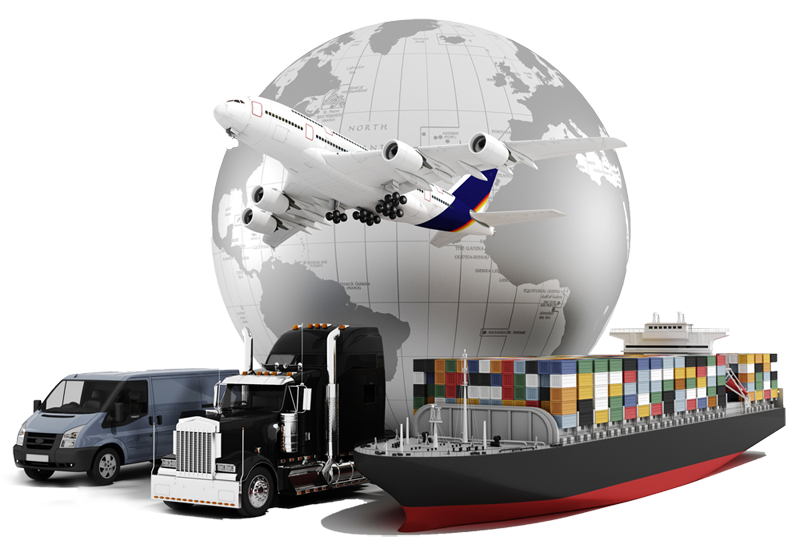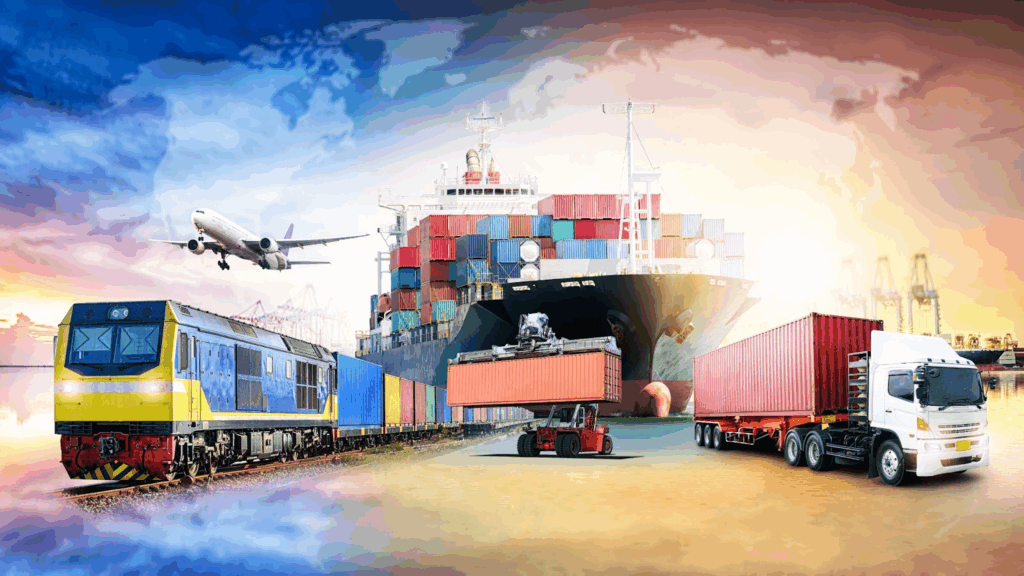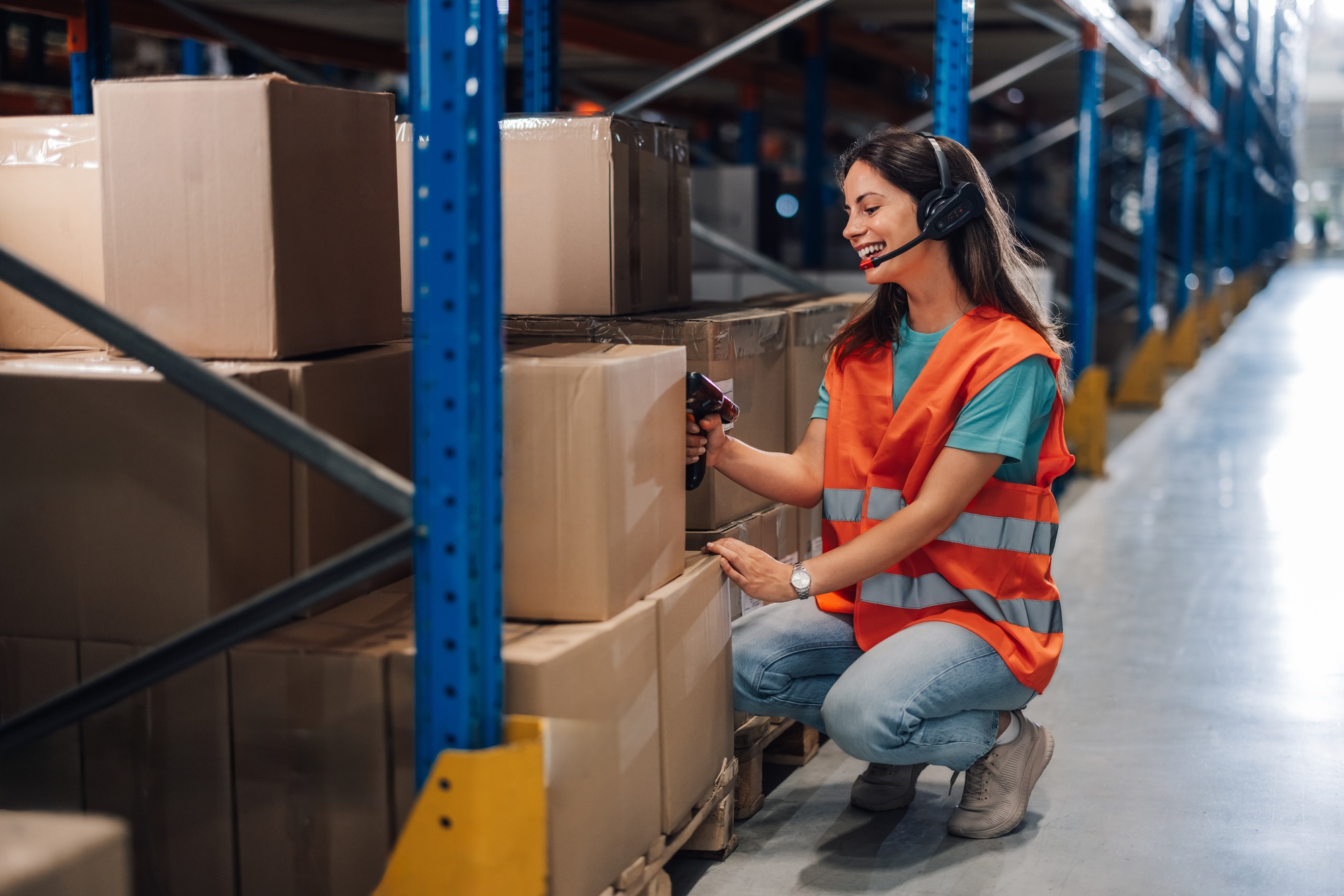What Makes a Global Logistics Platform Truly Reliable in 2025? An Insider’s Guide
Global logistics platform reliability is one of the most important factors shaping international trade in 2025. Businesses now depend on systems that can handle cross-border shipping, inventory tracking, and customer expectations at record speed. Sellers no longer ask if a platform works—they want to know if it is reliable under pressure, scalable with growth, and flexible enough to adapt to unexpected events.

Why Reliability Matters for Global Logistics Platforms
Meeting Rising E-commerce Expectations
Online shoppers expect accurate tracking, fast shipping, and seamless returns. If a global logistics platform cannot deliver these, customers switch to competitors. Reliability means consistently meeting expectations, regardless of country or carrier.
The Cost of Failure
Unreliable systems lead to late shipments, lost parcels, and unhappy clients. Every delay increases costs and damages trust. Businesses that rely on unreliable logistics partners often face chargebacks, higher return rates, and negative reviews.
Competitive Advantage in 2025
With e-commerce competition heating up across Asia, Europe, and the Americas, reliability itself is a competitive advantage. Sellers who use dependable logistics platforms can expand faster and attract repeat customers.
Core Features of a Reliable Global Logistics Platform
1. End-to-End Visibility

A reliable platform gives businesses and customers full visibility from warehouse to delivery. Tracking should include real-time updates, estimated delivery times, and route transparency. Without end-to-end visibility, companies struggle to manage expectations.
2. Scalable Infrastructure
In 2025, cross-border trade volumes continue to rise. Platforms must scale during peak seasons such as Lunar New Year or Black Friday. A reliable system handles demand surges without crashes, delays, or data loss.
3. Multi-Carrier Integration
No single carrier can cover the world effectively. A strong global logistics platform integrates with multiple shipping providers. This ensures redundancy—if one carrier faces delays, shipments can switch to another without disruption.
4. Customs and Compliance Support
Customs clearance remains a major barrier for cross-border trade. A reliable platform provides automated compliance tools, HS code classification, and duty calculation. This reduces clearance delays and prevents costly penalties.
5. Return Management Systems
Returns are unavoidable in global e-commerce. A trusted platform makes returns simple, offering local drop-off points, reverse logistics partners, and automated refund processes. Businesses gain repeat buyers when returns are easy.
Technology Driving Reliable Logistics in 2025
AI-Powered Forecasting
Artificial intelligence is transforming how companies plan inventory and shipments. Reliable platforms use AI to predict demand, optimize stock placement, and reduce delivery times.
Blockchain for Transparency

Blockchain ensures that every step in the logistics chain is recorded. This improves security, prevents fraud, and increases trust among stakeholders.
Cloud-Based Flexibility
Cloud infrastructure allows platforms to expand quickly and remain available even during high traffic. Reliability in 2025 means minimal downtime, and cloud-based systems provide that stability.
Automation in Warehousing
Robotics and automated picking systems improve order accuracy and speed. Reliable platforms connect directly to smart warehouses, ensuring that human error is reduced.
Insider Perspective: Obstacles Still Holding Platforms Back
Fragmented Infrastructure Across Markets
Many regions still lack standardized logistics networks. Southeast Asia and parts of Africa face uneven infrastructure, which challenges even the most reliable platforms.
Last-Mile Delivery Complexities
Urban congestion, rural inaccessibility, and delivery costs make last-mile logistics difficult. Reliable platforms need strong local partners to overcome these issues.
Rising Cybersecurity Risks
Reliability is about physical delivery and protecting sensitive customer data. Cyberattacks target logistics providers, and a breach can disrupt operations globally.
Sustainability Pressure
Customers and governments expect greener operations. Platforms that do not adopt sustainable practices may face restrictions. Reliability in 2025 includes being sustainable without compromising speed.
How Businesses Can Identify a Reliable Global Logistics Platform

Check Proven Track Records
Companies should review a platform’s past performance. How did it handle peak seasons? Did it maintain delivery standards during global disruptions? A reliable partner has consistent case studies and testimonials.
Evaluate Technology Stack
A platform without strong technology may fail under growth. Businesses should ask about AI forecasting, automation, and system uptime. Reliability comes from investment in modern systems.
Test Customer Support
Even the best platforms face unexpected issues. Reliable providers offer 24/7 multilingual support. If communication fails, the platform’s reliability suffers.
Compare Scalability Options
Businesses must ensure the platform can grow with them. Some providers work well for startups but collapse under enterprise-level demand. Long-term reliability requires scalability.
Case Study: Reliable vs Unreliable Platforms
Reliable Example
A European seller expanded into Southeast Asia using a platform that integrated customs clearance, multi-carrier support, and local return centers. The platform managed Black Friday volumes without delays. As a result, the seller gained repeat buyers and improved revenue by 30%.
Unreliable Example
Another seller chose a platform with limited carrier options. During Lunar New Year, shipments were delayed by weeks. Returns were expensive, and customers left negative reviews. The business lost trust and market share.
This contrast shows why reliability in 2025 is not optional—it is the backbone of global trade success.
Future Trends That Define Reliability in 2025 and Beyond

Growth of Cross-Border Marketplaces
Platforms like WooCommerce, Shopify, and Shopee are pushing sellers to adopt integrated logistics. Reliable logistics partners will dominate because they help sellers meet strict marketplace standards.
Demand for Real-Time Tracking
Customers expect to see the exact delivery progress. Platforms that fail to provide this will fall behind.
Sustainability as a Reliability Factor
Future reliability includes reducing emissions, adopting green packaging, and complying with eco-regulations. Sellers and customers are already rewarding eco-friendly logistics providers.
The Rise of Flexible Fulfillment Models
Reliability means flexibility. From micro-fulfillment centers in cities to distributed warehouses, logistics platforms must adapt to changing demand patterns.
Conclusion
A global logistics platform in 2025 is reliable only if it combines technology, scalability, and strong partnerships. Businesses must look beyond promises and focus on real performance under pressure. End-to-end visibility, compliance support, and seamless returns define reliability today. Platforms that fail to adapt will lose ground. At the same time, those that invest in AI, automation, and sustainable practices will lead the future of cross-border trade, strengthening resilience, improving efficiency, and creating long-term value. For businesses seeking flexible fulfillment and reliable solutions, PostalParcel remains a trusted partner to navigate global challenges.
Industry Insights
news via inbox
Nulla turp dis cursus. Integer liberos euismod pretium faucibua







